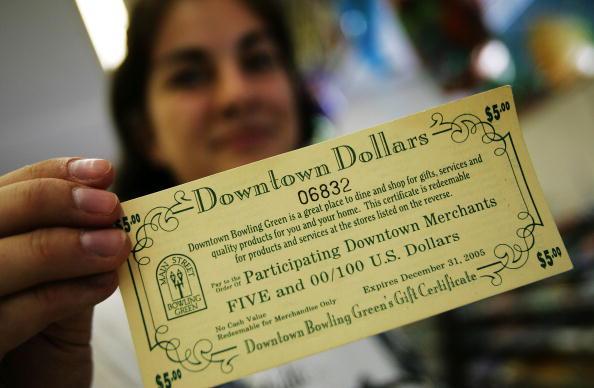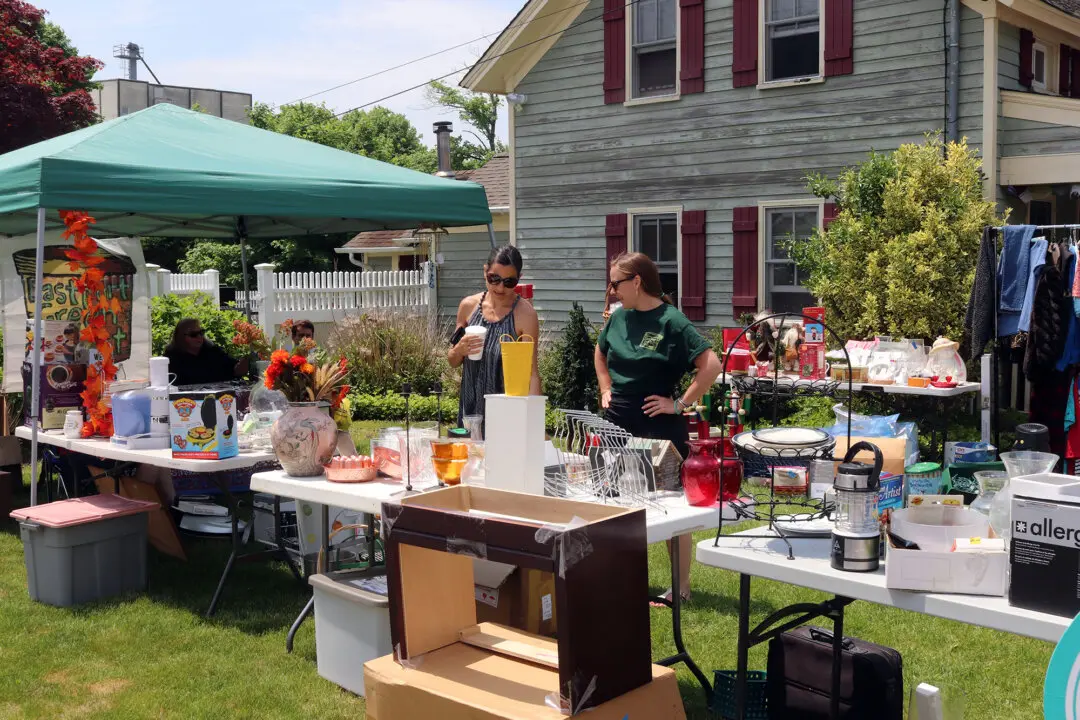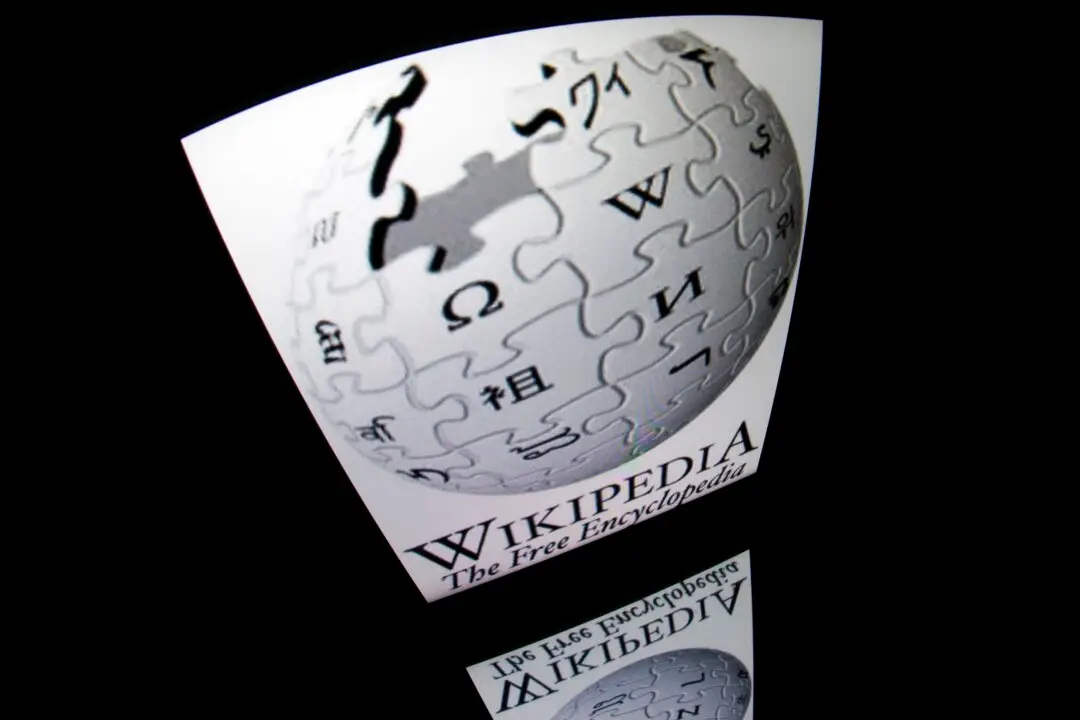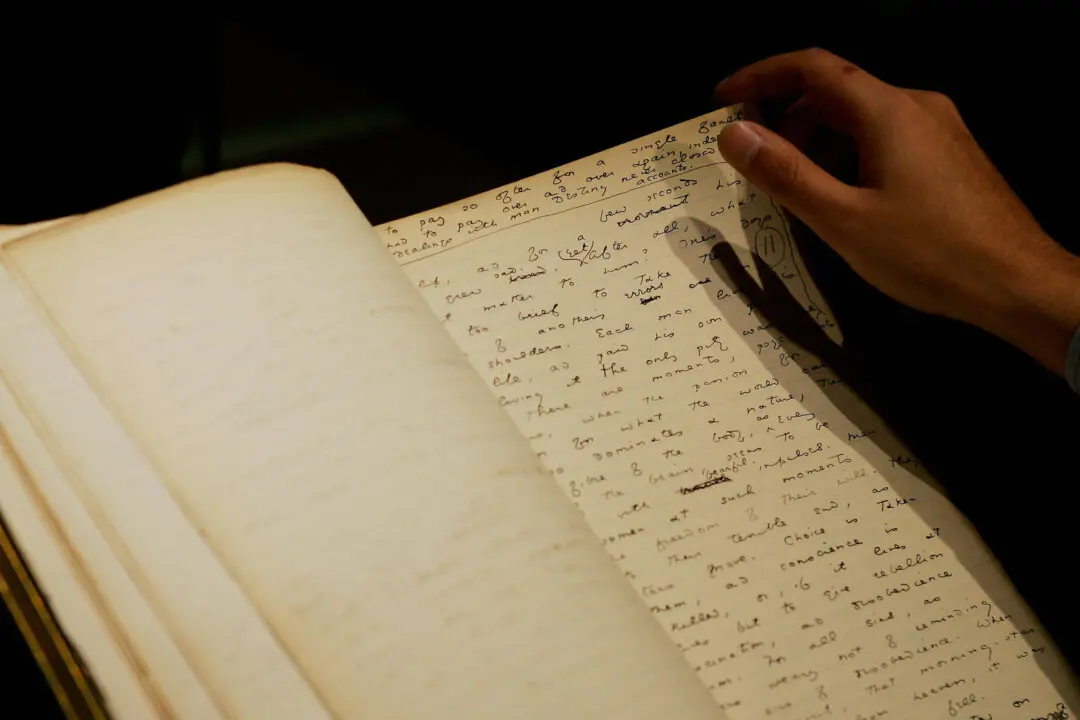Commentary
I needed to stay overnight in a hotel in a New Jersey town and had no time for shopping. I pulled up the travel app I use by habit. The first option was perfect. The price was zero dollars. Wait, zero? How can I stay in a nice hotel overnight and pay absolutely nothing for it? It turned out to be true. I stayed, paid nothing, and left.





